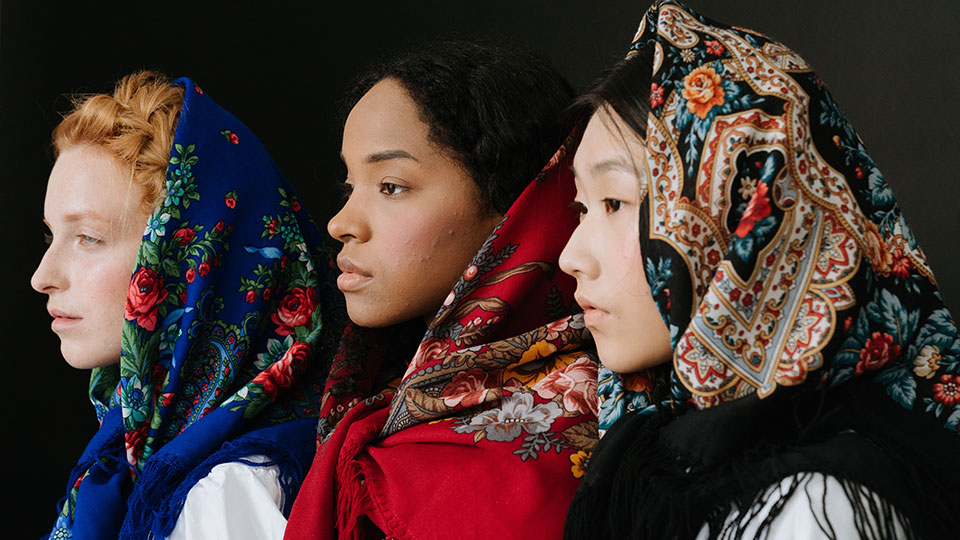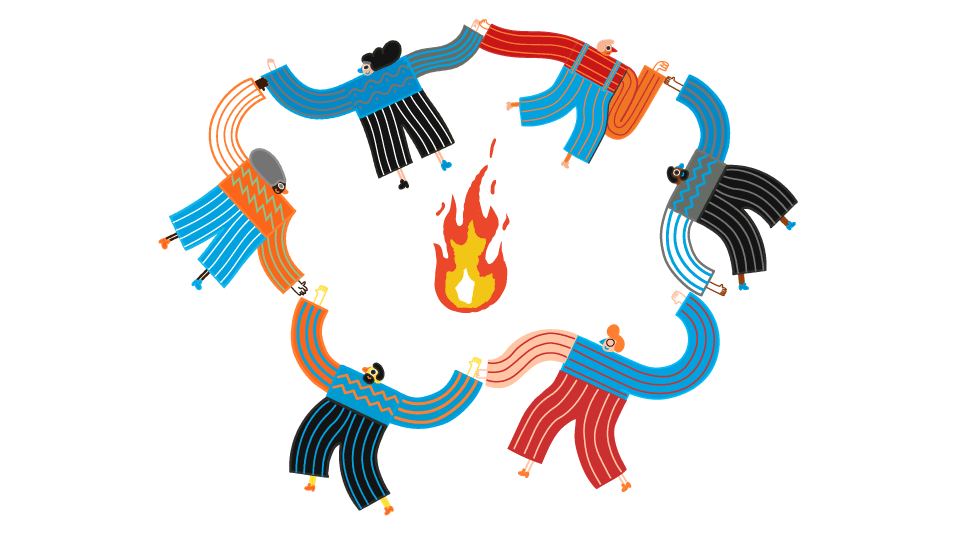Civic character
Practices | Engage multiple and diverse perspectives

Seek and champion equitable and inclusive involvement and contribution to the process, including many different voices who have a variety of lived experiences, beliefs, backgrounds, and cultural wealth.
1. Highlights
In Principled Innovation, we seek to ensure that a full range of relevant voices and community members are part of the innovation process. While it can be attractive for the sake of time and ease to make decisions alone or with a small group of like-minded people, involving different and even conflicting perspectives can lead to more equitable, successful and sustainable outcomes in the long run.
Actively seek out a range of voices and perspectives to include
Ensure that people can express conflicting views by creating inclusive settings
Create innovative solutions that reflect community needs and enjoy broad support
This practice asks us to not only invite people with a range of perspectives into the process, but to actively and intentionally engage and include them, drawing on the civic character assets of perspective taking, inclusivity and civility to do so. This means we must work to understand the experiences and beliefs of others and create inclusive structures and settings that welcome people to participate and express their opinions. It also means using civility to include those who disagree with us or one another, not shying away from conflict but maintaining a civil discourse so that multiple perspectives can be heard.
When we build on Practice C1 — Understand Culture and Context — and fully engage with a spectrum of viewpoints in this way, we are more likely to truly understand the problems at hand and then be better able to generate creative approaches to address them. Our innovations will be more grounded in reality, enjoy greater support from the communities involved, and be more likely to result in positive change.


2. Context

How sharing our stories builds inclusion
Article
10 minutes
By: Harvard Business Review, Selena Rezvani and Stacey A. Gordon
Three strategies for helping students discuss controversial issues
Article
10 minutes
By: Greater Good Science Center
Student agency through civic engagement
Video
7 minutes
By: Principled Innovation® (PI)
Education journey
Tool
20 minutes
By: Principled Innovation® (PI)
Access our collection of +200 learning materials
PI toolkit library4. Connect the dots
How could this practice be enacted through the Civic assets?

Perspective taking
Taking others’ perspectives often does not come naturally, particularly when we are separated from others by cultural or contextual differences. Perspective taking requires “engagement”—intentionally reaching out to enrich our understanding of others’ lived experiences.

Altruism
Taking the time to include and listen to multiple perspectives is essential to better understand people who are different from ourselves and the circumstances and challenges they face. It is through this engagement that our altruism is most likely to emerge. As with Practice C1, building a fuller picture of the context and social systems in which we seek to innovate helps to ensure that our altruism is not misguided.

Civility
Building solutions that benefit the common good requires honest, open communication. Yet conversations between people with diverse ideas can run hot. Civility is essential to lowering the temperature so that honest communication can run its full course. Civility is a commitment to our dialogue partners—a willingness to engage in the give-and-take of respectful speech, grounded in the belief that everyone is equally deserving of safety, security and the hope of human flourishing.

Inclusivity
Diverse environments do not always surface diverse perspectives: those voices must be intentionally invited into inclusive environments in which all stakeholders feel safe, welcome, and confident in expressing their views. Inclusivity fosters environments in which new perspectives can lead to new ideas and, ultimately, to long-term innovations.
